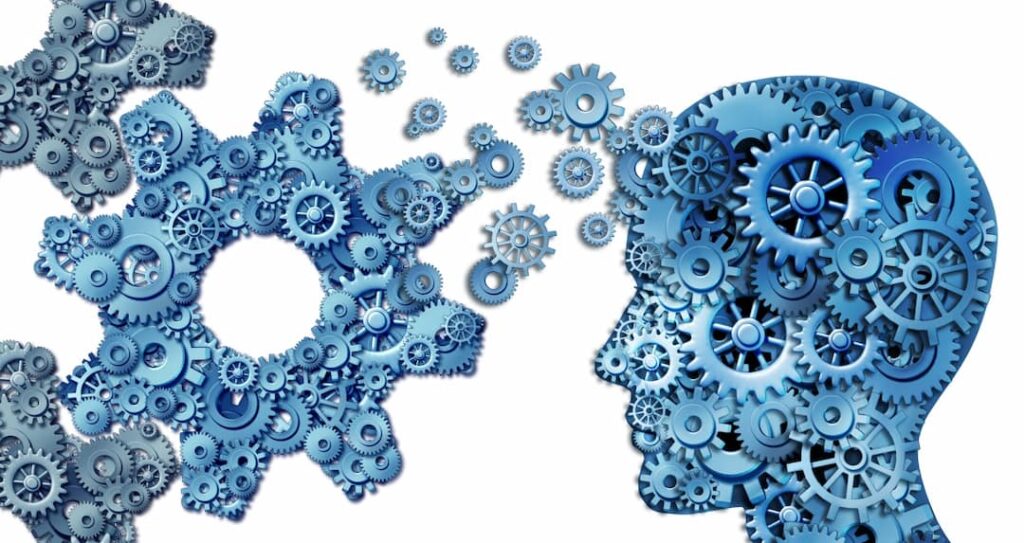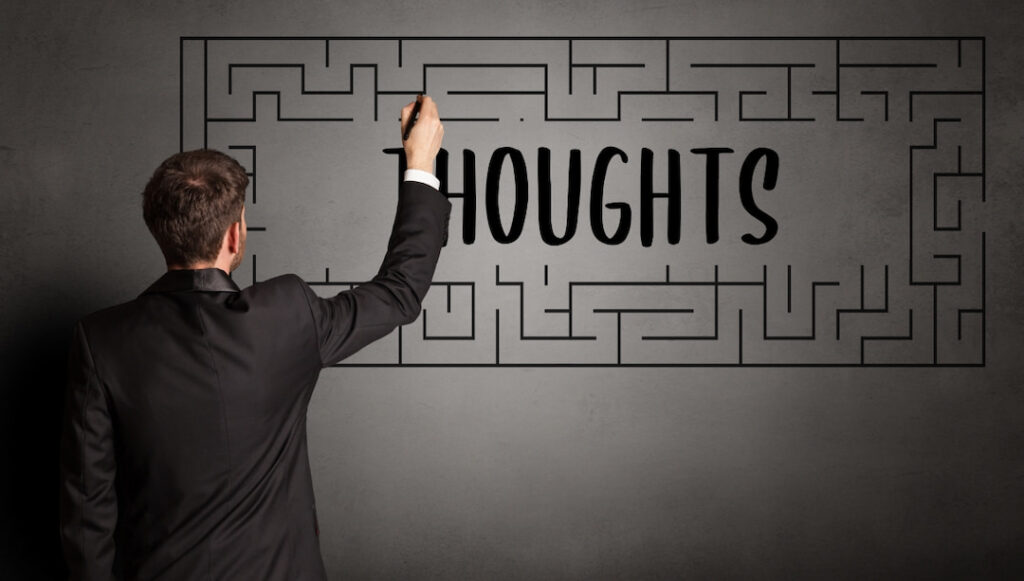Migraines can be challenging to cure, mainly because they can be a symptom of a plethora of health conditions. Most migraines are more intense than ordinary headaches, come with vomiting or nausea, and could cause pain in the face, neck, and head. Other types of migraines do not cause any pain. For some people, it could take years or an entire lifetime for a proper diagnosis; many of them have no choice but to take pain medications just to manage chronic migraines.
If you’re one of these people, and you prefer to skip medicine or incorporate other techniques into your migraine pain treatment plan, take a look at the use of hypnosis for migraines.
Benefits of Medical Hypnosis for Migraine Therapy
Migraines affect about 39 million men and women in the United States alone (and 1 billion worldwide).
Migraine is a condition that is both biological as it is psychological.
Many emotional factors trigger people’s migraines, which is why it is considered in psychology as well.
Hypnosis doesn’t actually “cure” the pain of migraines away. Instead, it helps the chronic migraine sufferer in several ways, such as:

When the mind of the patient continuously affects the body, it leads to many physical and mental side effects like fatigue, muscular tensions, and emotional overload.
Hypnosis helps in finding the root of a person’s migraine. Because each person is different and leads their life in varying ways, it can be tricky to pinpoint key triggers. However, if done right and continuously, a migraine sufferer can be in control of his/her illness.
Hypnosis Techniques for Dealing with Migraines
There are numerous ways to enter into a hypnotic state, but the following methods have been effective ways to manage pain, anxiety, and other symptoms causing migraines.
1. Visualization and MI (Dynamic Mental Imagery)
Motor imagery (MI) is a mental representation of action without its physical execution. In layman context, this means visualization or imagery. You describe something extremely in detail with all senses included, so the brain will open up to suggestions.
For example, think about the last time you didn’t suffer from a migraine. Were you still at school? Are you staying at home for work? Remember how it felt like, how clear your eyes were at the time, what the surroundings smell like, what noises you hear, and what flavors you used to eat (that now trigger your migraine). All these sense-related imageries may be used to enter a pain-free hypnotic state and save you from all migraine-associated symptoms you’ve been feeling.

2. Non-Awareness Set
Used often in people who aren’t as susceptible to suggestions, studies have shown that a non-awareness set is a technique that may just break down resistance to hypnosis.
Developed by hypnosis pioneer Dr. Milton Erickson, this method includes a 4-stage protocol that aims to absorb attention, bypass a person’s critical factor, stimulate his/her subconscious mind, and eventually train the subconscious to bring change, transformation, or any desired income (in this case, the management of migraine-causing triggers).

3. Parts Integration
If a person’s migraine triggers are categorized as his/her habit or behavior, Parts Integration may be the effective technique for him/her.
Many psychological problems are caused by internal messages being unhelpful, inaccurate, or out of date. Internal messages are what determines a person’s thoughts, feelings, attitudes, and beliefs towards everything around him/her.
So if one of your migraine triggers is fear of getting sick, this therapy can train your subconscious mind to resolve this inner message (that isn’t helpful) so that the body wouldn’t react and lead to migraines.

4. Revivification
Revivification involves asking the patient questions about an experience. As the questions deepen, the patient inadvertently relives a memory from their past and, in turn, bringing them into a state of imagery and trance.
The hypnotherapist continues to ask questions until the patient digs deeper into his/her memory and share more details of his/her past.
Many people who experience this technique often don’t feel it as hypnosis since it could just come out as conversational. But it’s an effective method of putting people into trance effortlessly.
Once the patient is in a state of trance, the therapist can now focus on suggestion induction, which would reduce migraine triggers.

What to Expect with Hypnotherapy
The therapist of your choice will explain how hypnosis works. Hypnotherapy usually begins without the actual hypnosis since the therapist has to understand the personal history, stress levels, life choices, current state of mind, symptoms of headaches, pain level, and other health problems of the patients – see ‘Hypnosis for Health‘.
In the next session, the therapist will explain to patients what kind of techniques will be used on them. FYI, it is important that you give consent to the planned treatment and process.
- The therapy session starts with a gentle voice, which helps soothe the patient’s mind and create a sense of relaxation.
- If the visualization and soothing voice worked, you would have entered a receptive state by now. A therapist may assist you in visualization (or making a mental image of migraine-free life).
- After the therapy session, the patient should be able to bring himself/herself out of hypnosis.
This could take only a few hypnotherapy sessions or multiple sessions, depending on your pain treatment and personal preference. But most people who begin with hypnotherapy eventually practice self-hypnosis in the comforts of their own home, hospital bed, while traveling, and so on.
Self-Hypnosis for Migraines: How Can I Instantly Control a Migraine?
You have to do a ton of work first to be able to “instantly” control a migraine at will. Forcing yourself to go into a hypnotic state is a skill.

For people suffering from this medical condition, treating migraines and chronic headaches with hypnosis begins with hypnotherapy (see also ‘Hypnosis for Headache‘). A psychiatrist, hypnotherapist, or even their general-practice doctor who incorporates hypnosis into their practice can guide a patient at the initial stages of the stress management process. Their medical expertise is important in finding out your personal triggers while taking into account the medicine you take, your lifestyle, and other factors unique to your situation.
Self-hypnosis may help in reducing anxiety, stress, or the pain associated with the migraine, but only after you’ve determined all the factors causing you to feel anxious or stressed, which ultimately leads to migraines.
During hypnotherapy, patients learn about pain management and how they can teach their brains to talk to their bodies in getting better control on how or what they’re feeling, who/what make them feel anxious, and why these self-help activities can give them relief over mild headache to severe migraines.
Hypnotherapy is Not for Everyone
As someone who had severe migraines in the past, I know that there is no quick-fix solution to migraines.
While hypnotherapy does help some patients in pain management or stress relief, not everyone can undergo this alternative treatment.
This is because the brain of some people are wired to accept suggestions (which is needed in hypnosis), while the brain of others cannot. If you are part of the first group, then treating the symptoms of migraine this way is a good alternative you should try.
Many studies have shown that using hypnosis decreases the duration, frequency, and intensity of headaches and migraines. When this happens, medical treatment (like pain medicine) can also be reduced (or totally removed). And because hypnotherapy or self-hypnosis do not involve drugs, you won’t experience any untoward side effects.

